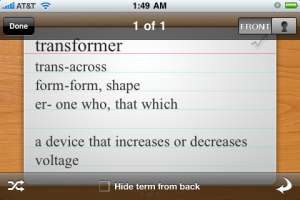[S]elf-esteem is but a division of self-importance, which is seldom an attractive quality. That person is best who never thinks of his own importance: to think about it, even, is to be lost to morality. Self-respect is another quality entirely. Where self-esteem is entirely egotistical, requiring that the world should pay court to oneself whatever oneself happens to be like or do, and demands nothing of the person who wants it, self-respect is a social virtue, a discipline, that requires an awareness of and sensitivity to the feelings of others. It requires an ability and willingness to put oneself in someone else’s place; it requires dignity and fortitude, and not always taking the line of least resistance. – Dalrymple, 2010.
Self-respect is earned, while self-esteem is not. That at least is the argument of Theodore Dalrymple, who defines this interesting distinction between self-esteem and self-respect based on his observations as a prison psychiatrist. What people want is a “just appreciation of one’s own importance and of one’s own worth.” To assume that one is entitled to respect because of one’s intrinsic strengths is destructive because it says that you don’t have to do anything to get respect. But respect is earned. Both importance and worth are values that are ascribed by others, by society, and to earn them requires effort and achievement. Self-respect is the appraisal of oneself based on one’s contribution to society.
It’s an interesting argument in semantics at the very least, but the fundamental argument at least aligns with the proper way to use praise and rewards. By praising the effort you acknowledge the importance of work in achieving goals, building self-respect, rather that praising intrinsic abilities (“you’re so smart”) that engender a sense that the student is entitled to do well.
One has only to go into a prison … to see the most revoltingly high self-esteem among a group of people … who had brought nothing but misery to those around them, largely because they conceived of themselves as so important that they could do no wrong. For them, their whim was law, which was precisely as it should be considering who they were in their own estimate. – Dalrymple, 2010.
Theodore Dalrymple is a conservative in the dictionary sense of the word. He argues the importance of tradition and personal responsibility. He also strongly believes that healthy culture must satisfy the need of people to belong to something larger than themselves. So much so, that despite being an atheist, he argues that religions, some types of religions at least, have an important role in society.







